14 Nights / 15 Days
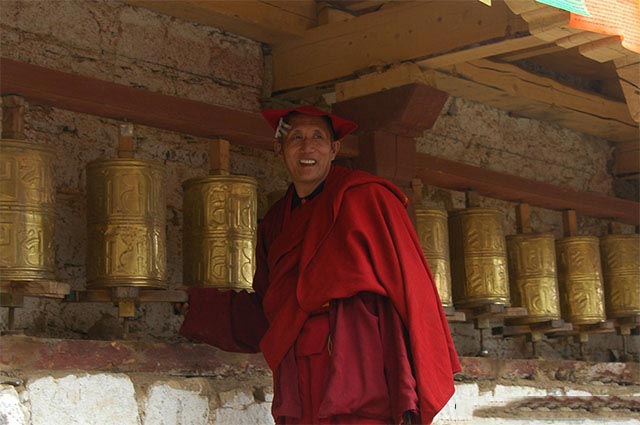
Want to unveil the mysterious Tibet culture? Want to explore the beautiful Tibetan villages in mountains? Want to visit the monastery which related to three Dalai Lama? Want to visit the paradise of photographers? Want to worship the sacred snow mountains and lakes? Just go with us and you won't regret it.
The southeastern part of China is one of the most mysteries land lying on the peak of the earth with magnificent mountains and the most fascinating ethnics minority of China. No other minority groups could reach the culture achievements as high as the Han Chinese, but the Tibetans made it. Half of the Tibetans live in Tibetan Autonomous Prefecture today while the rest of them live in Qinghai, Gansu, Sichuan and Yunnan provinces. According to geographical divisions, it was divided into three traditional provinces: Ü-Tsang, Kham and Amdo.
Kham is a very important branch of Tibetans which covers a large part of Tibetan region as demonstrated in the map above. Kham, in Tibetan, means “frontier”, referring to the region which is not concurred by the central Tibetan culture. Some Chinese linguists and anthropologists refer to Kham as the 'Ethnic Corridor of Southwest China', as its vast and sparsely populated territories are inhabited by over 14 culturally and linguistically distinct ethnic groups. For reasons of simplicity, the Chinese government combines the various ethnic groups of Kham together with the Tibetans to form one big nationality, called the "Tibetan Nationality". There are, however, significant differences in traditions and beliefs —even physical appearance— between the peoples of Kham and Lhasa. We are going to present you this magnificent ethnic canvas in Kham area by crossing throughout from east to the west, discovering the splendid culture varying from history, religion, custom, fine art to architecture, medicine, agriculture, costumes and traditional food with our Tibetan culture ambassador by enjoying lectures from experts while scanning the breath-taking Plateau nature scenery along the way. It will be an absolute Tibetan culture experience immersing into the unknown Kham.
Highlights
•Integral understanding about Tibetan Religion System
The Tibetan is a religious minority group. Almost all the Tibetans believe in Tibetan Buddhism or Lamaism. Lamaism is divided into many different sects, each claiming to be the orthodox. Our Tibetan culture ambassador will explain you the stories behind different religion branches by visiting the largest Tibetan Buddhist institute in the world in Sertar and many different Tibetan Buddhist monasteries across the Kham region. You have chance to watch Sky burial, a ritual that has great religious meaning, to learn about the philosophy of Tibetan Buddhism or understand their attitude to death.
Magnificent monastery and featured local folk house
Tibet architecture contains Chinese and Indian influences but has many unique features brought about by its adaptation to the cold, generally arid, high-altitude climate of the Tibetan plateau. Buildings are generally made from locally available construction materials, and are often embellished with symbols of Tibetan Buddhism. In the villages on the plateau, the architectures you would normally see are monastery and folk house. The monasteries are always the most magnificent building among the all. The folk house in Tibet varies from farm sites to pastoral areas. The farming people usually build houses as home bases while people in the pastoral area enjoy a nomad life and camp in tent. You have chance to visit many extraordinary monasteries and many typical local family and even stay with them which would bring you very special but authentic experience.
Nomadic Agriculture
Nomadic herders in Tibet are known as drokpa. There are estimated 2 million Tibetans in the Tibet Autonomous Region and other Tibetan areas that practice some form of nomadism. For centuries these nomads have ranged across the grasslands of the Tibetan plateau with their grazing herds of sheep, cattle, goats and yaks. Most nomads are only nomads in the summer. In the winter they live in valleys in houses with wooden beams and earthen floors and pens or shelters for their animals. We have chance to learn about the plateau agriculture civilization from the local nomads and visit their nomadic tent on the grassland.
Religious art
Thangka has been in vogue in Tibet for centuries which serves as an object of worship. In Tibetan, “thang” means "unfolding" or "displaying," and thangka means "silk, satin, or cloth painting scroll." The beautiful Thangka is most often painted on scrolls or embroidered on wall hangings of silk or other cloth. We are visiting the hometown and the center of the Thangka art in the world in Luhuo. We will visit many galleries and watch Thangka artists painting.
Butter sculpture is another Tibetan Buddhist artistic visual impact. The sacred offering is made from mainly butter and other mineral pigments. Monks take great pride to do the religious work. You have chance to see the process of making butter sculpture in some monasteries.
Upon your arrival in Chengdu, our local guide will meet you at the airport and help you with hotel check-in. If you arrive before 2 pm, we will show you some old parts of Chengdu. There are so many options of the sightseeing in Chengdu. We could visit the historical streets and sites of Chengdu---the capital of Ancient Shu for thousands of years. Sichuan cuisine is among the top four cuisines in China, so a food tour will be definitely a highlight. Sichuan opera and the face changing show is also a must see that you don’t want to miss. The itinerary of the city tour will be arranged according to your arriving time and interest. In the evening, we will have a welcoming dinner in the local popular typical Sichuan restaurant.
Overnight: Chengdu
We are driving to the well known hometown of giant panda---Wolong national nature reserve. Wolong, Mt Siguniang and Jiajin Mountains is principally renowned for its importance for the conservation of the giant panda and was listed among the UNESCO sites in 2010. Wolong National Nature Reserve is the most famous one among the 13 giant panda reserve centers established by the Chinese government with the help of the World Wildlife Fund (WWF). Wolong National Nature Reserve is also the first one of its kind to set up a research center for giant pandas. We are going to visit the panda base in Wolong to visit giant pandas and drive to Balang Mountain to view gorgeous nature scenery and maybe search for some endemic birds and flora species.
Overnight: Rilong (by the foot of Mt. Siguniang)
Mt. Siguniang is know as the “Oriental Alps” for its magnificent snow mountain and stunning forest scenery. Mount Siguniang is well-known for its grandness, straightness and forcefulness. It is a natural forest area with abundant forest, thick green grass, and clear flowing rivers. In the afternoon, we are driving to Jiaju Tibetan village in Danba which is one of the most beautiful ancient villages, voted by the Chinese National Geographic in 2005. This village is inhabited by a branch of Tibetan called Jiarong Tibetan. This ethnic group is famous for its architecture and costume. We are going to visit and stay with local family and experience the authentic local lifestyle. Our culture ambassador will give a small lecture about the “Tibetan folk house architecture and costume &ornaments”.
Overnight: Danba local guest house
After exploring Danba in the morning, we are heading west to Daofu. It will be a four-hour drive and we are passing by the beautiful yak valley and magnificent Huiyuan monetary in Bamei. Daofu at 3040m is laid out along the Jianshui River and it is a prosperous farming community with fine houses. Locals are known throughout Kham for their expertise at woodworking, and Daofu is a great place to come and see some fine examples of high-quality Tibetan architecture.
Overnight: Daofu
Today we are driving to Sertar for a religion journey. On the way to Sertar, we will drive by Luhuo---the hometown and center of Thanka, to learn about this amazing art. We will visit some Thangka gallery and some Thangka artists watching the process of painting. We will drive to Sertar in the afternoon.
Overnight: Sertar
Sertar is home to the Larung Gar Buddhist Institute, the largest Tibetan Buddhist institute in the world. The institute, which was founded by lama jiame Phuntsok in 1980 and started off just a few monks, now houses tens of thousands of monks and pilgrims from around the world. We will visit the monestray and discover the life of the monks. You will learn more about Tibetan Buddhism from the lecture of our culture ambassador or communicating with the monks or even from chanting with live Buddha.
You have chance to watch the special burial ceremony---sky burial. However, the process is quite bloody even bit cruel. If you feel uncomfortable watching it, it is totally an optional activity. We will drive to Ganzi in the afternoon.
We will drive by Jinma grassland. The 150km road takes about 4 fours for the bad road condition. But you will definitely be rewarded by the stunning nature scenery along the way.
Overnight: Ganzi
Early in the morning, we are driving to Derge-the center of East Tibet and Home town of King Gesar. As a UNESCO Intangible Cultural Heritage, the well known Epic of King Gesar is an epic cycle, believed to date from the 12th century, that relates the heroic deeds of the culture hero Gesar, the fearless lord of the legendary kingdom of Ling. It is recorded variously in poetry and prose, chantefable or shuochang being the style of traditional performance and is sung widely throughout Central Asia. People in Derge are very proud of their hero. It will be very exciting to meet some epic performer along the way.
Overnight: Derge
Derge is a town was once the center of the Derge Kingdom of Kham or Eastern Tibet. Derge also means “lands of mercy” was one of the three ancient centers of Tibetan culture, along with Lhasa and Xiahe. The town of Derge is famous for its three-story printing house, or parkhang, built in 1729, where the Kangyur, a collection of Buddhist scriptures, and the Tengyur, a collection of commentaries, are still printed from wooden blocks. It has been estimated that the 217,000 blocks stored at Derge comprise 70% of the Tibetan literary heritage. The Derge editions are considered especially high quality, with few typographical errors. In Derge, we provide a close encounter with this amazing treasury of Tibetan Buddhism and unveil the mysterious printing skill.
We will visit the printing house in the morning and drive to Batang in the afternoon.
Overnight: Batang
The name Batang is a transliteration from Tibetan meaning a vast grassland where sheep can be heard everywhere. It is warmer here than most of Tibet region because of the lower altitude. Batang is fertile place abundant in grain and fruits. From the mountain slope in the east to the river valley in the west, you can experience different type of Tibetan agriculture varying from farming to nomadism. We are driving to the high city “Litang” in the late afternoon.
Overnight: Litang
You might feel some the altitude difference from Batang to Litang. Litang (over 4000m), the highest town in the world. Situated high on a grassy plateau, Litang has the feel of a rough and tumble 'Wild West' town. Known as "the Buddhist Shrine in South Kham", Litang Temple is the oldest and largest monastery of the Gelukpa sect (yellow sect) of Tibetan Buddhists in Kham Area.
One of the highlight of this trip is the “Litang horse festival” in August. Steeped in tradition, the horse festivals are an event where nomadic Tibetan families gather for a bit of friendly competition and bonding. This festival takes advantage of the warm weather, so though the elevation is very high, the glassy area is suitable long-distance horse races and tent camping. There will be many singing and dancing at night around the tents. It will be very exciting to have chance to join the Tibetans in the dance. We will drive to Yading in the afternoon via the scenery road which boast as the most beautiful road in Kham.
Overnight: Yading
With its pure and amazing plateau scenery, Yading is called "the last pure land on earth", "the last Shangri-La", "Western China adventure hub" and "the holy land in the sun". Today we will explore the core of the Grand Shangri-La zone. We will hike in the valley of the snow mountain, walking around the holy lakes and grassland. There are some nomadic tents in the valley where we have chance to meet up with some local farmers.
Overnight: Yading
We are driving back toward the center of Kham Tibetan---Kangding. It will be a long drive toward Kangding so we will stop by Yajiang for overnight. It will still be very beautiful on the road back.
Overnight: Yajiang
Today we are driving to the capital of Kham world & the bridge between Han Chinese and Tibetan world---Kangding. Kangding had been historical border between Tibet and China, from Kangding to the west lies Tibetan civilization where as to the east Chinese cultural centre. Kangding was for many centuries an important trading city along the Tea-Horse road where Chinese brick tea, slat and silk were carried by porters from Chengdu and other centres to trade for Tibetan horses, medicine and wool. Our culture ambassador will give you a lecture about history of Kham Tibetan. And we will visit a Tibetan hospital and learn more about the traditional Tibetan medicine.
Along the ancient Tea-Horse road, we continue heading west to Litang, en route we will visit Xinduqiao, the paradise of photographer. This picturesque small town is famous for plateau pastoral scenery, with spectacular snow-capped mountains, vivid green grassland, tall and straight poplars, crystal streams and dotted Tibetan houses.
Overnight: Kangding
Driving back to Chengdu and visit the Tibetan corner in Chengdu to experience a mixture of Tibetan and Chinese culture. We have a farewell dinner in a popular local restaurant and finish our trip.
Overnight: Chengdu
Return home
AbsolutePanda is the only travel company focusing on Panda and other wildlife in China. We create responsible tours for people to enjoy and appreciate the beauty of wildlife and minority culture by our elaborately crafted products. At the same time, we hope local people can benefit from those programs and be aware of the importance of protecting these endangered animals and their habitats. Our vision is to create a harmonious relationship between tourists, local and nature by providing world-class sustainable travel. Read More...
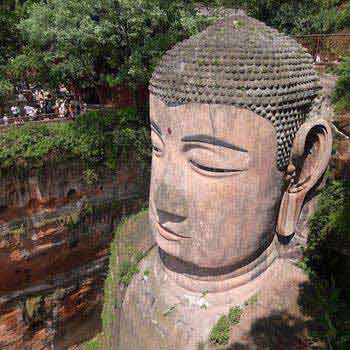 12D/11N
12D/11N
 11D/10N
11D/10N
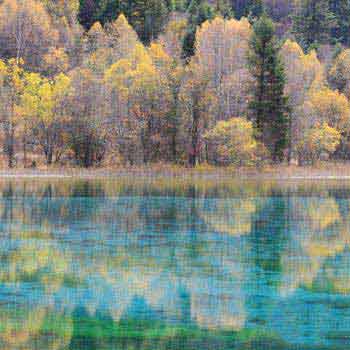 14D/13N
14D/13N
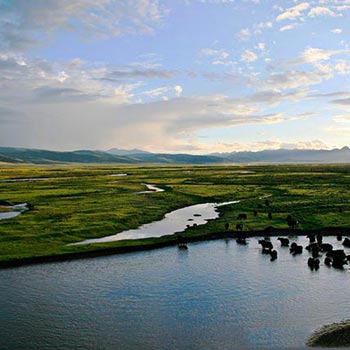 16D/15N
16D/15N
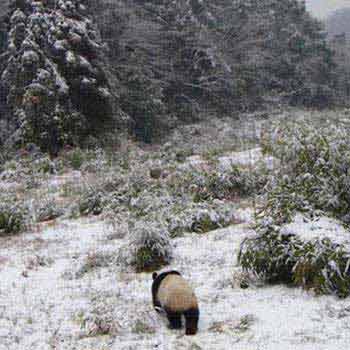 8D/7N
8D/7N
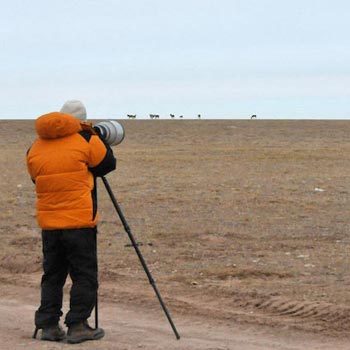 11D/10N
11D/10N
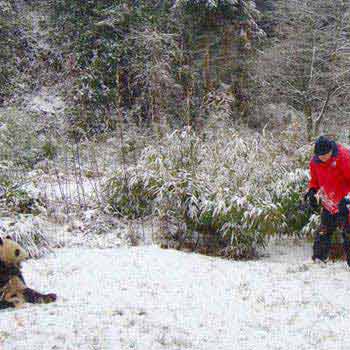 4D/3N
4D/3N
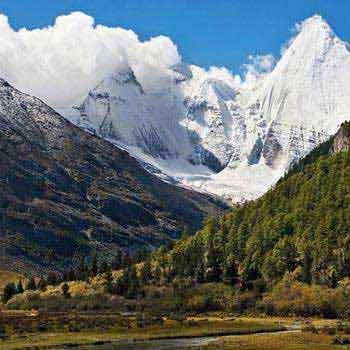 9D/8N
9D/8N
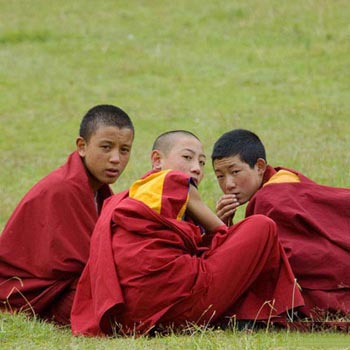 12D/11N
12D/11N
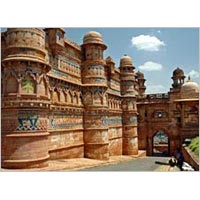 15D/14N
15D/14N
New Delhi - Agra - Gwalior - Bhopal - Indore - Mumbai - Tikamgarh - Chhatarpur - Au..
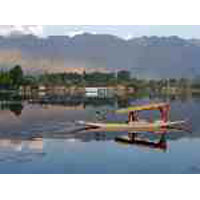 15D/14N
15D/14N
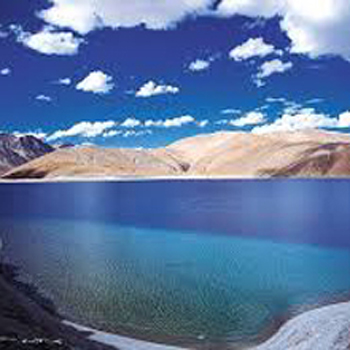 15D/14N
15D/14N
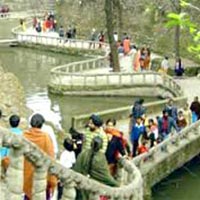 15D/14N
15D/14N
Chandigarh - Shimla - Manali - Dalhousie - Amritsar - Dharamshala
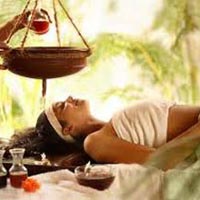 15D/14N
15D/14N
New Delhi - Haridwar - Rishikesh - Shivpuri - Agra - Jaipur
 15D/14N
15D/14N
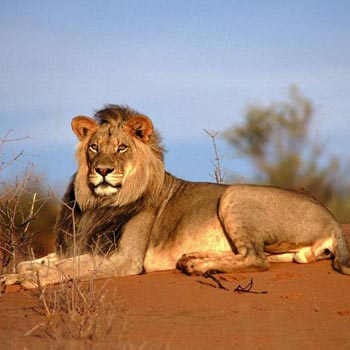 15D/14N
15D/14N
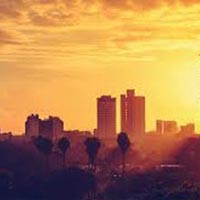 15D/14N
15D/14N
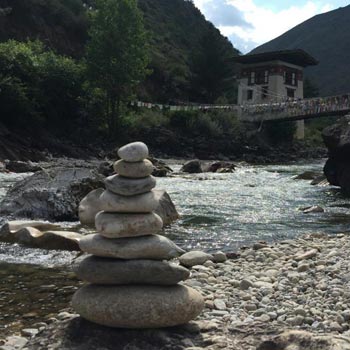 15D/14N
15D/14N
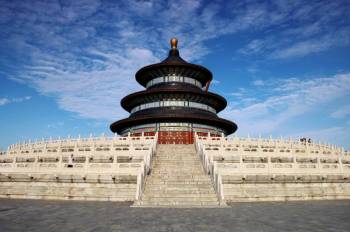 9D/8N
9D/8N
Beijing - Xian - Chengdu - Leshan - Guilin - Shanghai
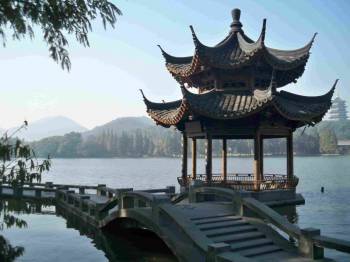 18D/17N
18D/17N
Shanghai Hangzhou Xian Chengdu Yunnan Gu..
Hangzhou - Xian - Chengdu - Leshan - Lijiang - Dali - Kunming - Guilin - Hong Kong
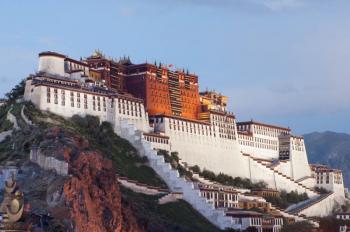 13D/12N
13D/12N
Private 13 Days Wild China Tour Package
Beijing - Chengdu - Xian - Shanghai - Hong Kong - Yangshuo - Guilin
 12D/11N
12D/11N
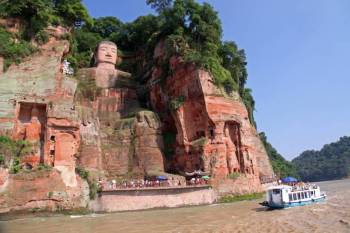 14D/13N
14D/13N
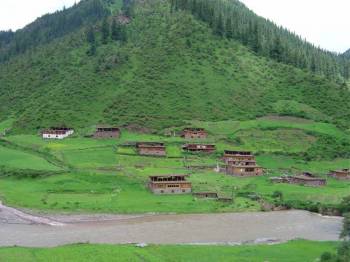 11D/10N
11D/10N
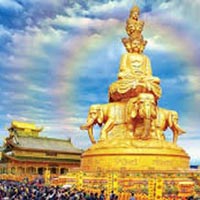 14D/13N
14D/13N
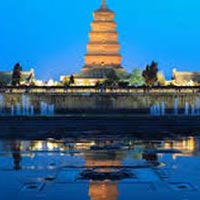 8D/7N
8D/7N
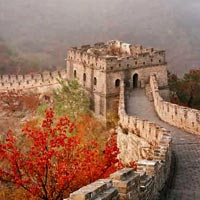 13D/12N
13D/12N